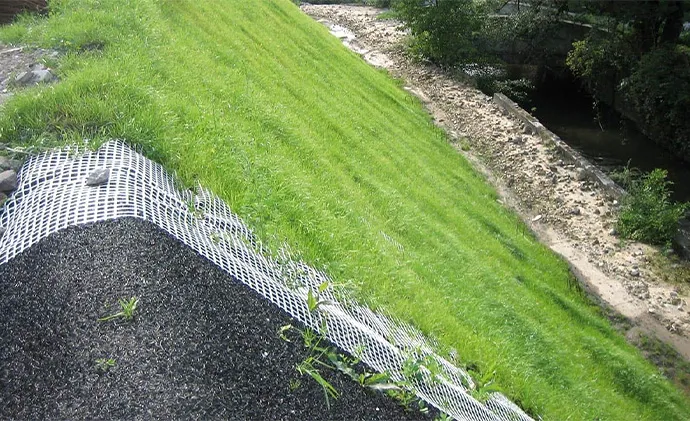-
 Phone:
Phone: -
 Email:
Email:

Effective Solutions for Restoring Chain Link Fences to Their Original Condition
Chain Link Fence Repair A Comprehensive Guide
Chain link fences are a popular choice for homeowners and businesses alike due to their durability, cost-effectiveness, and versatility. However, like any outdoor structure, they are subject to wear and tear over time. Understanding how to repair a chain link fence is essential for maintaining its integrity and ensuring the safety of your property. In this article, we will explore common issues that may arise with chain link fences and provide a step-by-step guide to effective repairs.
Common Issues with Chain Link Fences
1. Rust and Corrosion Chain link fences are often coated with galvanized steel to prevent rust. However, over time and with exposure to the elements, the protective coating may wear off, leading to rust formation.
2. Leaning or Weak Posts Fence posts may lean due to soil erosion, heavy winds, or improper installation. A lean not only compromises the aesthetic appearance of the fence but can also weaken its overall structure.
3. Damaged Fabric The chain link fabric itself can be damaged due to various factors such as animals, accidents, or extreme weather conditions. Tears or bent sections can create security gaps.
4. Loose Tension Wire Tension wires help keep the chain link fabric taut. Over time, these wires can become loose, leading to sagging or bulging in the fence.
Step-by-Step Repair Guide
Step 1 Assess the Damage
Before you begin repairing your chain link fence, perform a thorough assessment to identify all areas that need attention. Look for rust, loose posts, torn fabric, and slack tension wires.
Step 2 Gather Necessary Tools and Materials
For most basic repairs, you will need the following tools and materials - Wire cutters - Pliers - A wrench or socket set - Replacement chain link fabric (if needed) - New posts (if needed) - Concrete (for securing posts) - Rust-resistant paint or sealant
chain link fence repair

Step 3 Repairing Rust and Corrosion
If you find rust on your chain link fence, clean the affected area with a wire brush to remove loose rust. Apply a rust-inhibiting primer followed by a coat of rust-resistant paint to restore the fence's appearance and protect it from future corrosion.
Step 4 Fixing Loose or Leaning Posts
For posts that have become loose, you can re-secure them by - Digging around the base to expose the post. - Adding concrete to stabilize it. Allow it to cure completely before reattaching any chains or fabric.
If the post is bent or severely compromised, you may need to replace it entirely.
Step 5 Repairing or Replacing Chain Link Fabric
To repair a small tear in the chain link fabric - Use wire cutters to remove the damaged section, then replace it with a new piece of chain link fabric, securing it with wire ties. For large sections that are beyond repair, measure the damaged area and purchase a replacement roll of chain link material, cutting it to fit before securing it with tension wires.
Step 6 Tightening Tension Wires
Check the tension wires running along the bottom and top of your fence. If they are loose, tighten them using pliers. Make sure the fabric is pulled taut to reinforce the fence’s structural integrity.
Conclusion
Repairing a chain link fence may seem daunting, but with the right tools and a little patience, it can be a manageable DIY project. Regular maintenance and timely repairs will extend the life of your fence and ensure it continues to provide security and functionality for years to come. By following the steps outlined in this guide, you can maintain your chain link fence in peak condition, enhancing both the safety and aesthetic appeal of your property.
-
Wire Mesh for Every Need: A Practical SolutionNewsJul.25,2025
-
Steel Fences: Durable, Secure, and Stylish OptionsNewsJul.25,2025
-
Roll Top Fencing: A Smart Solution for Safety and SecurityNewsJul.25,2025
-
Cattle Farm Fencing Solutions for Maximum SecurityNewsJul.25,2025
-
Affordable Iron Binding Wire SolutionsNewsJul.25,2025
-
Affordable Galvanized Wire SolutionsNewsJul.25,2025
-
Wire Hanger Recycling IdeasNewsJul.25,2025








